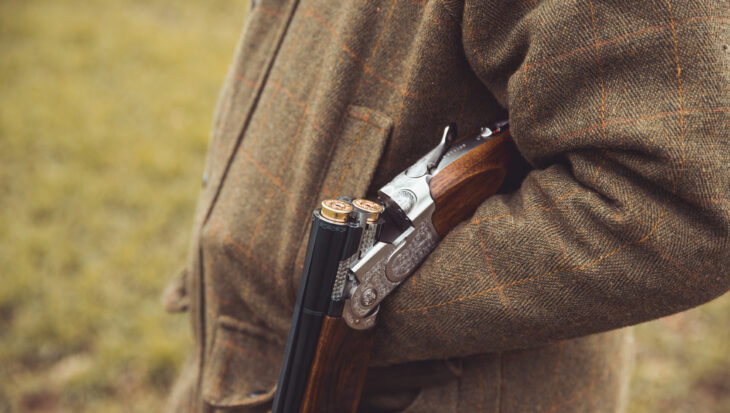Ban on the use of lead shot – finally!
Posted 10 Jul 2025

Posted on the 26th November 2009
The government-appointed Working Group charged with setting rules for how ‘game birds’ will in future be produced for shooting has caused widespread dismay this week by publishing a Code of Practice that fails to outlaw the notorious battery cage for breeding birds.
Even the UK’s leading pro-shoot lobby group – the British Association for Shooting and Conservation (BASC) – has long condemned the cages and called for them to be banned. Made of wire mesh, and holding around eight female pheasants and one male, the contraptions expose the birds to the elements all year round. Partridges are confined in breeding pairs in metal boxes that are correspondingly smaller and just as bleak as the pheasant units.
The cages were first exposed nationally by Animal Aid when its undercover footage was broadcast on BBC’s Countryfile programme in November 2004. Animal Aid’s evidence convinced BASC that the cages were publicly indefensible and the lobby group has maintained its opposition to them ever since.
This week’s draft Code of Practice on the Welfare of Gamebirds Reared for Sporting Purposes is the product of more than two-and-a-half years of fitful deliberations by the industry-dominated Gamebird Working Group, which was established under the 2006 Animal Welfare Act. Animal Aid submitted detailed filmed, written and verbal evidence to the Group. This week’s draft Code of Practice ducks the issue of a cage ban. Instead, it offers three options for public consultation – to keep the cage system as it stands, to allow ‘enriched’ cages, or to ban the cages outright.
Animal Aid has covertly filmed examples of ‘enriched’ cages. They generally have a plastic ‘curtain’ set towards the back for a small measure of privacy, and a piece of dowel resting on bricks for perching. In reality, these ‘improvements’ make little difference to the bleak prisons or to the distress of the caged birds.
The Working Group looked at a broad range of issues relating to game bird production, including diet, veterinary care, transportation and housing. Another especially contentious area is the industry’s routine use of various restraint and vision-limiting devices on birds as they pass from cages to sheds and finally to the large pens, in which they are held prior to release for shooting. The aggression between birds that the devices are intended to limit is caused by the crowded, unnatural and oppressive conditions in which the birds are reared. The devices are typically attached to beaks or over eyes, and include so-called bits, spectacles, masks and clips. Some bits are attached with a pin that pierces the nasal septum. Other birds have the ends of their beaks amputated. Apart from calling for a ban on the nasal septum-piercing bits, the draft Code fails to set out clear restrictions. Typically, it urges that the devices should not be ‘generally’ or ‘routinely’ used.
Says Animal Aid Director, Andrew Tyler:
‘Animal Aid has been exposing the suffering that is integral to game bird production for more than a decade. We first brought battery cages to public attention five years ago and have led the growing campaign – which now includes important elements of the shooting industry itself – to outlaw their use. The failure by the DEFRA-appointed Working Group to produce a draft Code of Practice that clearly prohibits cages is not only gravely distressing to animal protection groups but will also disappoint key pro-shoot bodies such as BASC, which knows that there is no rational, ethical argument that can be made for the cages – not least because the purpose of the birds being produced is to serve as feathered targets for wealthy shooters.’
Animal Aid reiterates its call for a ban on the production of birds for ‘sport’ shooting. Such a ban was introduced in Holland in 2002. As a matter of urgency, we seek a prohibition on the use of battery cages and of devices that restrain and restrict the vision of birds during their breeding and growing cycle.
Posted 10 Jul 2025

Temperatures are rising and it’s time to get outdoors, enjoy the weather and tuck into some delicious vegan food! Thanks to an abundance of plant-based options now available, there’s an alfresco option for every tastebud...
Posted 09 Jul 2025
